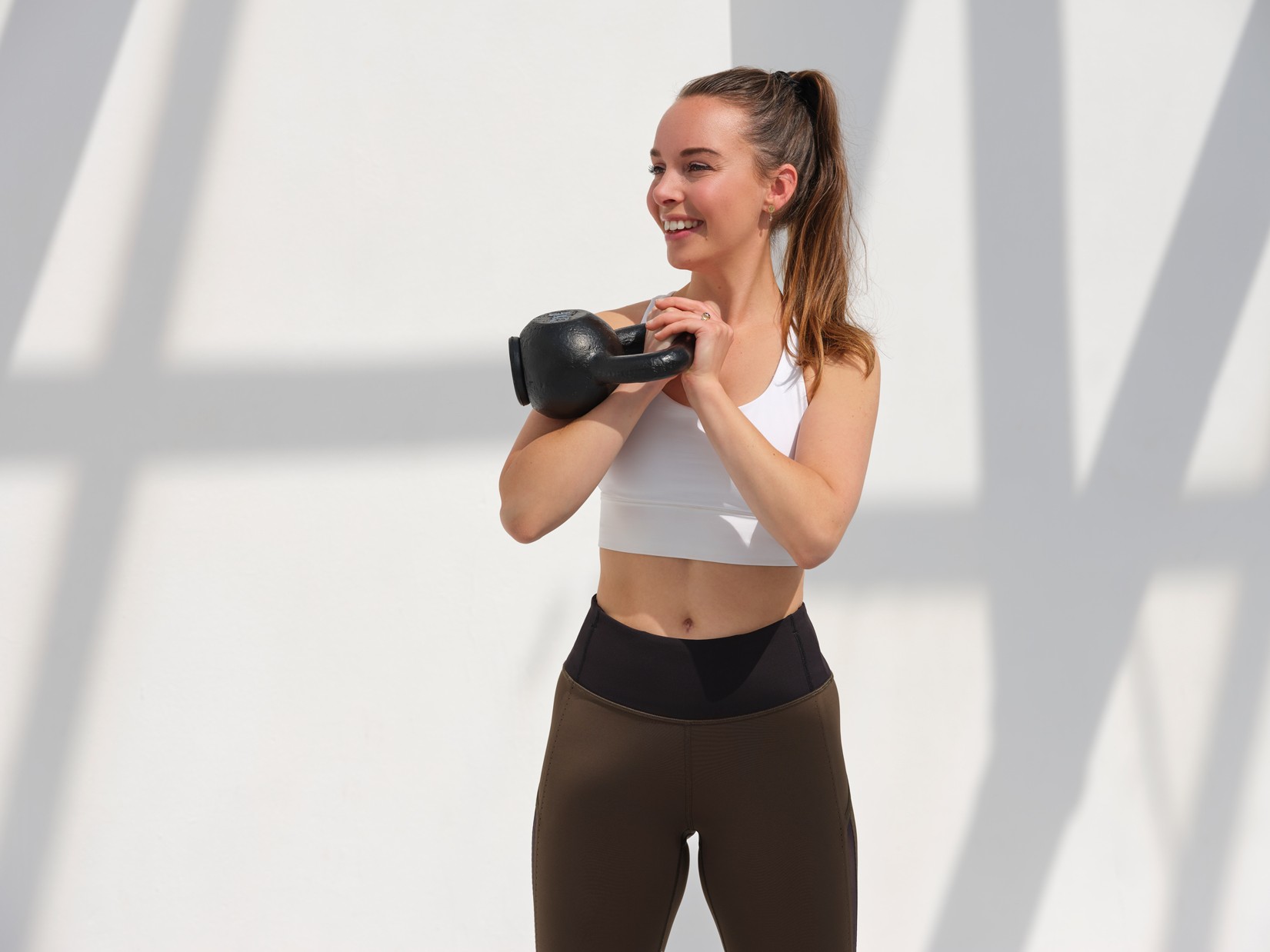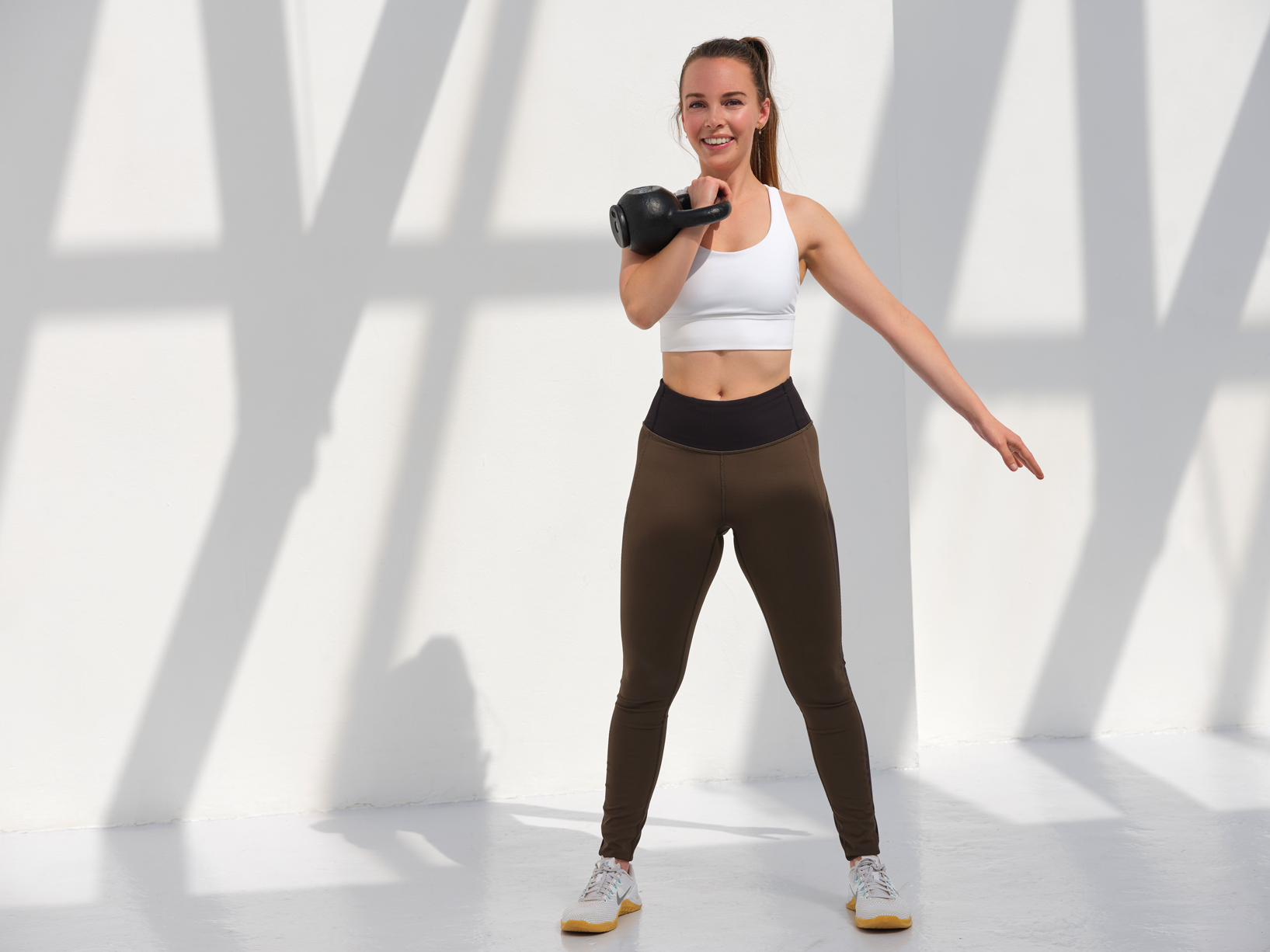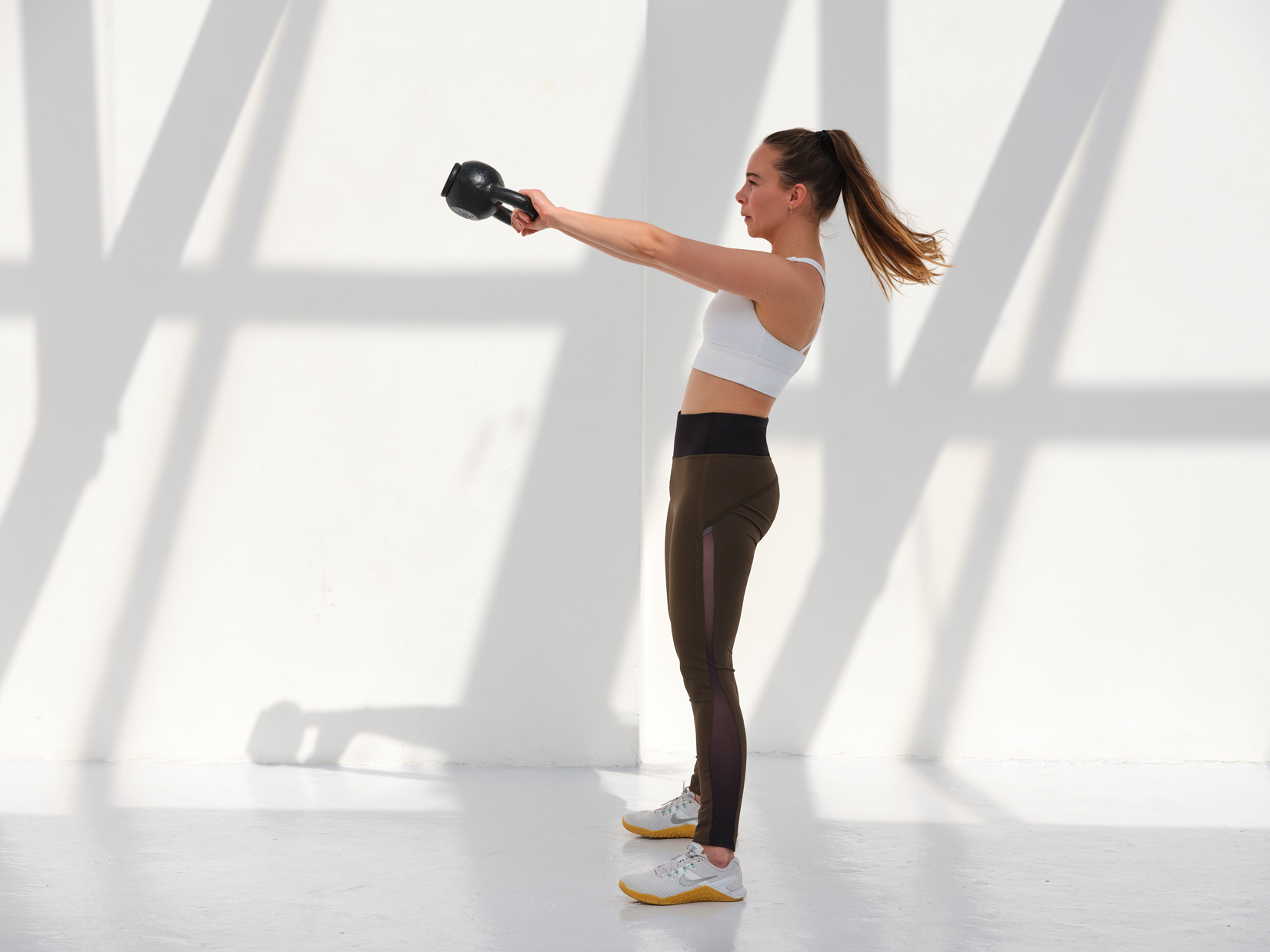CATEGORIES
- Latest News
- Interviews
- Golf Travel
- Features
- Juniors
- Competition
- Events
- Health
- Equipment
- Fashion
- Archive
INFORMATION
CURRENT ISSUE

SUBSCRIPTIONS



Words: Liesbeth Pauwels
Hello, I’m Liesbeth Pauwels, a dedicated golf performance coach ready to expertly guide you through everything golf fitness and training related. As a former player, my journey took an unexpected turn when injuries sidelined me at a young age. Determined to heal and strengthen, I spent years exploring solutions - insights I’ve now shared with the golf community for over 15 years. I’m excited to bring that expertise to the readers of Women’s Golf magazine and help you unlock your full potential on the course.
Golf fitness or golf-specific strength and conditioning, can help you with:
Golf fitness is not:
Important service announcement: You don’t need to be a good golfer to embrace a golf fitness routine.
The idea that golf isn’t a "true" sport is outdated. In reality, golf is a strength and power-based activity that requires precise physical conditioning. By training properly, players can develop the ability to absorb and generate the forces demanded by the modern game, ultimately reducing injury risk and enhancing performance. But what does golf truly entail, and what are we training for?
The golf swing is an explosive, one-sided rotary movement that golfers aim to execute consistently over extended periods. And we do it for anywhere from two to five hours - often under mental pressure. Unlike running, lifting, or swimming, which are natural human movements, the golf swing is highly specialized and requires precise mechanics. Additionally, golf encompasses a variety of shot types, including long power shots (driver, irons), short precision shots (pitching, chipping, bunker play), and putting.
To put it into perspective: A 15-handicap golfer playing 18 holes twice a week will make between 55 and 60 full swings per round. Factor in two practice swings per shot, and that total jumps to 165–180 swings per round. Over the course of a week, that adds up to around 360 one-sided rotations of the spine—assuming they play to their handicap. Add a weekly driving range session with approximately 50 shots, and the total climbs to over 400 swings per week!
 Warming
up is crucial. I recommend moving your body before you even swing a club. Ideally, the warm-up is a dynamic movement routine that brings
stability, readiness and activation. An effective golf warm-up prepares the joints, increases blood flow to the muscles and gradually
activates the central nervous system, all in preparation for the swing. Warming up reduces the chances of overuse injuries and helps to
establish the body-swing connection. Anything that makes us feel depleted, exhausted, or insecure is out of the question. After completing
the warm-up, we want to have energy left in the tank for those big drives, crucial putts and master chips that require precise coordination,
concentration and mobility.
Warming
up is crucial. I recommend moving your body before you even swing a club. Ideally, the warm-up is a dynamic movement routine that brings
stability, readiness and activation. An effective golf warm-up prepares the joints, increases blood flow to the muscles and gradually
activates the central nervous system, all in preparation for the swing. Warming up reduces the chances of overuse injuries and helps to
establish the body-swing connection. Anything that makes us feel depleted, exhausted, or insecure is out of the question. After completing
the warm-up, we want to have energy left in the tank for those big drives, crucial putts and master chips that require precise coordination,
concentration and mobility.
Golf can be challenging, but it shouldn’t come with unnecessary pressure. Through my work with female golfers, I’ve seen how essential a sense of belonging is—feeling supported, safe, and part of a community. Having a golf fitness routine that works for you will also help to build confidence in all aspects of your life.
Some women have encountered situations where golf fitness exercises or specific stretches are introduced without a clear explanation or context. What should be an empowering experience can instead lead to feelings of stress, insecurity, or anxiety. Participation in these settings should always be a choice, ensuring that every golfer feels comfortable and confident in their journey.
TPI shapes the conversation as golf fitness grows. TPI, or the Titleist Performance Institute, is the world’s leading educational organization dedicated to understanding how the human body functions in relation to the golf swing. Their philosophy is simple: golfers perform their best when their bodies move efficiently and stay healthy. Today, 25 of the top 30 players in the world work with a TPI Certified Expert, but it’s not just for the pros. Recreational golfers worldwide massively benefit from the TPI approach. You don’t need to be elite, pain-free, or “ready” to start. TPI-certified trainers help you work through challenges in a way that supports your swing, your body, and your longevity.

The kettlebell swing is a powerful exercise to develop explosiveness, essential for a strong swing. Assume a hip hinge (deadlift) posture with the kettlebell a few inches in front of the toes (your distance will vary based on your build and mobility) and grasp the kettlebell handle with both hands. Begin by taking an inhale and hiking the kettlebell back between the legs. Your upper arms should be against your ribs and your forearms high in the groin. The kettlebell will project straight away behind you. Once the hips are loaded, perform an explosive hip extension by pushing down into the ground with the feet. Do not lead with the shoulders or arms. Finish the hips fully, bringing the body through to a straight line from ear to ankle with the glutes and abs clenched at the top. Exhale. At the top, the kettlebell and arms form a straight line. Do not try to swing high on the first rep. Begin by swinging at belly-button level and then add height as your hips allow until you’ve reached chest level. As the kettlebell begins to fall back down, return the upper arms to the ribs and hike the kettlebell back between the legs.
I can’t wait to see/hear how you’ve been integrating and/or exploring golf fitness in your weekly routine!

Liesbeth Pauwels
Performance Coach
lpgolfperformance.nl
@lp.golf.performance
Liesbeth Pauwels is a golf movement expert and Europe’s leading golf performance coach. As a former player herself and with 15 years of
experience in golf performance training, she is committed to enhancing players’ results and athletes’ well-being while bringing a holistic
approach to the game. She holds TPI Fitness and Junior level 3 certifications, is a Yoga Alliance Registered Teacher and registered
consciousness coach. Her mission is to build a strong golf community.